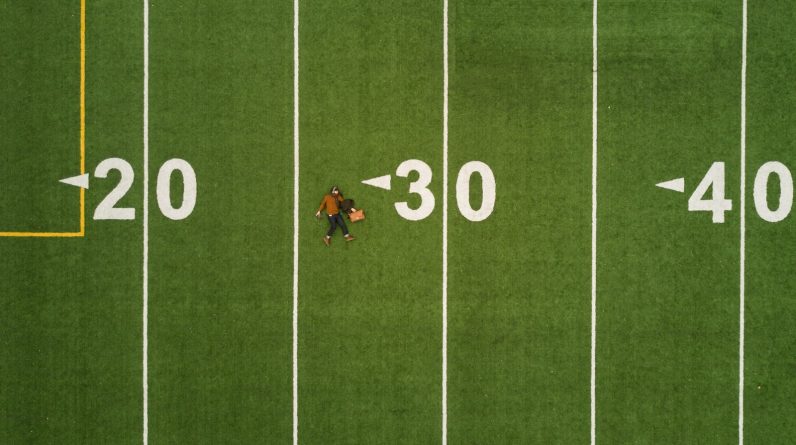
Views: 0
The 50/20/30 rule is a popular guideline for budgeting and managing personal finances. It suggests allocating your after-tax income into three main categories:
1. 50% for Needs: This category includes essential expenses that are necessary for daily living, such as housing, utilities, groceries, transportation, and healthcare. It is recommended to allocate approximately 50% of your income towards these essential needs.
2. 20% for Savings and Debt Repayment: This category focuses on building savings and paying off debts. It includes contributions to emergency funds, retirement savings, and debt repayment, such as credit card debt or student loans. Allocating 20% of your income towards savings and debt repayment helps you establish financial security and work towards long-term financial goals.
3. 30% for Wants: This category covers discretionary spending and non-essential expenses, such as dining out, entertainment, vacations, hobbies, and shopping. It allows you to enjoy and indulge in things that bring you joy and enhance your lifestyle.
The 50/20/30 rule provides a simple framework for budgeting and helps individuals prioritize their spending. However, it is important to note that personal circumstances may vary, and adjustments can be made based on individual financial goals and needs.





